Is North Carolina Really a Purple State?
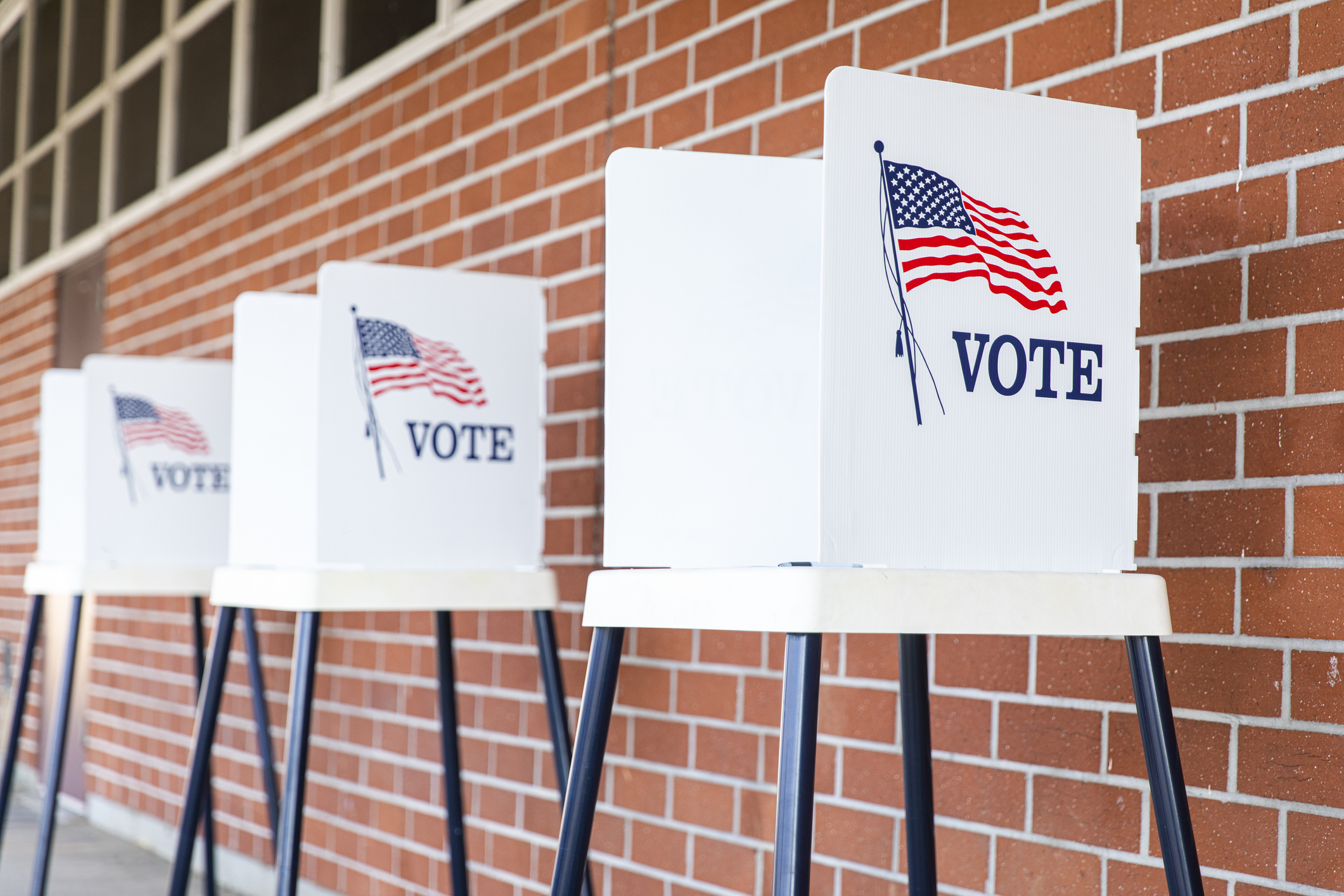
By Kirk O’Steen, NC Chamber Political Director
North Carolina is often labeled a “purple state” in politics. The term refers to a roughly even number of Republican and Democratic voters – think red and blue, which make purple when combined. The label communicates the political balance of our state and our identity as a swing state with highly competitive statewide elections. Republicans have had a narrow advantage in federal races over the years, while Democrats have won more Council of State seats in the same span. However, the truth is a little more complicated.
In last year’s election, the marquee race between Ted Budd and Cheri Beasley determined who would fill Senator Richard Burr’s seat in the US Senate. While the results were not as close as initially projected, the race was still competitive. Ted Budd won the race by a margin of 3.2% and carried 82 of North Carolina’s 100 counties. Beasley was victorious in 18 counties but relied on wide victory margins banked in North Carolina’s most populous counties.
In recent years, only a few counties across the state have proven to be truly competitive. Out of North Carolina’s 100 counties, only four were decided by less than five percent of the vote.
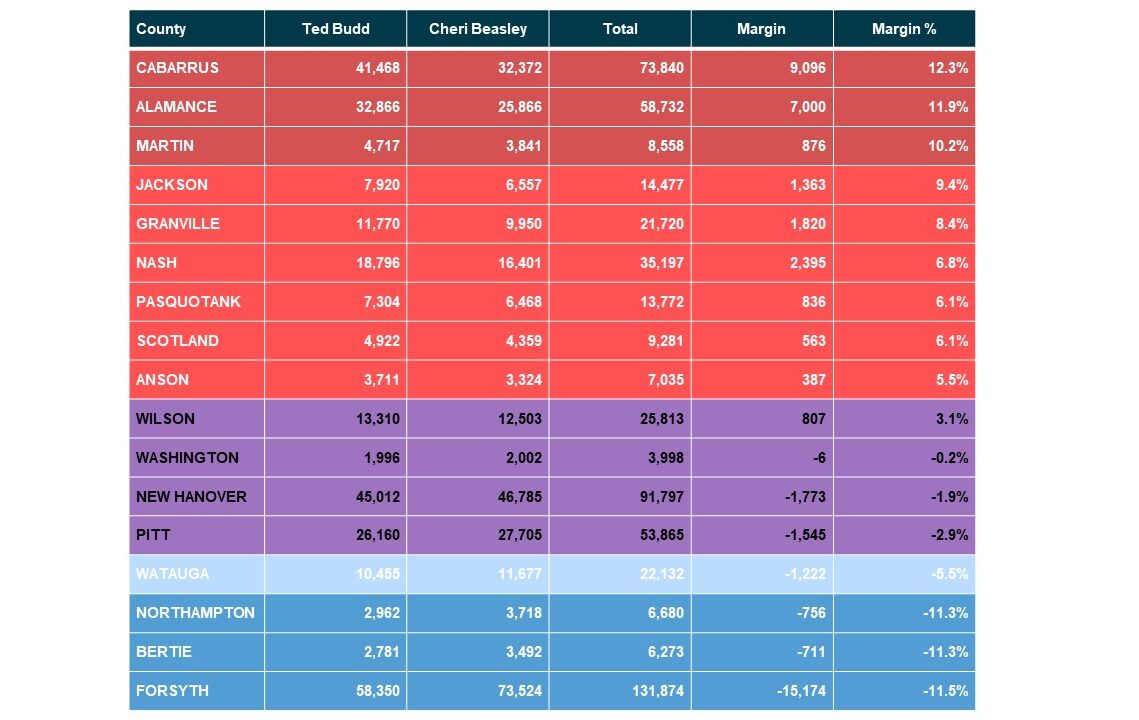
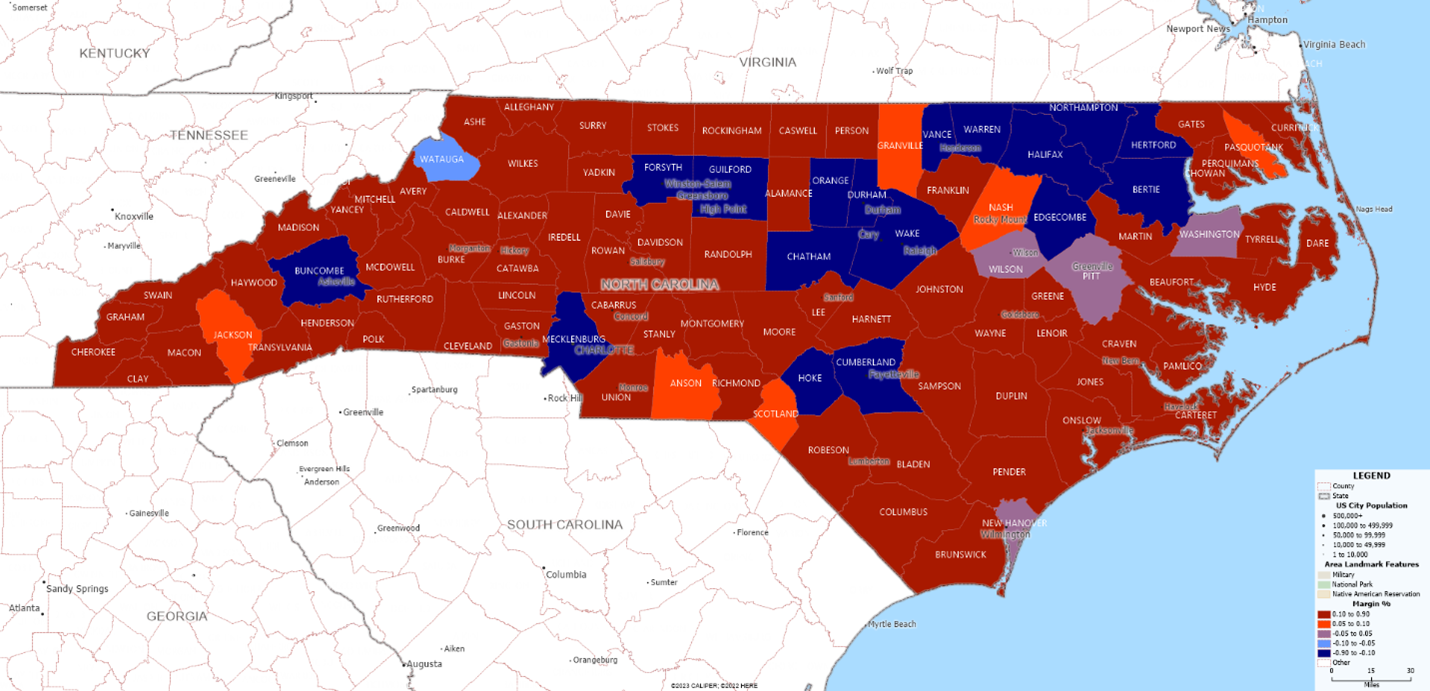
Want to receive more political analysis like this? Opt-in below to stay in the loop.
That’s a whole lot of dark red and blue, but not much purple. Let’s take a closer look at those four counties.
New Hanover County
New Hanover County is the most consistently competitive county in North Carolina politics. The county has traditionally leaned Republican, but Democrats have gained an edge in federal races since 2018. At the top of the ticket, the coastal county chose Cheri Beasley, Joe Biden, Cal Cunningham, and Roy Cooper in 2020 and 2022. Further down the ballot, Republicans performed better in Council of State and judicial races like Lieutenant Governor, Agriculture Commissioner, and Court of Appeals seats. Given that voters are typically only familiar with top tier candidates in races such as presidential, senatorial, and gubernatorial, I think it’s fair to say that New Hanover still leans conservative. However, the Republican Party could have a branding problem amongst voters in the area. Even still, New Hanover remains a tossup for either party.

Washington County
Cheri Beasley’s narrowest margin of victory came from Washington County. Winning by just six votes, it was the most competitive county in the 2022 Senate race. What’s even more interesting is the fact that the county swung over twelve points to the right since the Tillis/Cunningham Senate race of 2020. While Washington is a small, rural county with little impact on overall statewide results, the abrupt shift is noteworthy to onlookers and a warning sign for rural Democrats. Could this be further evidence the tide is shifting towards Republicans in Eastern North Carolina?
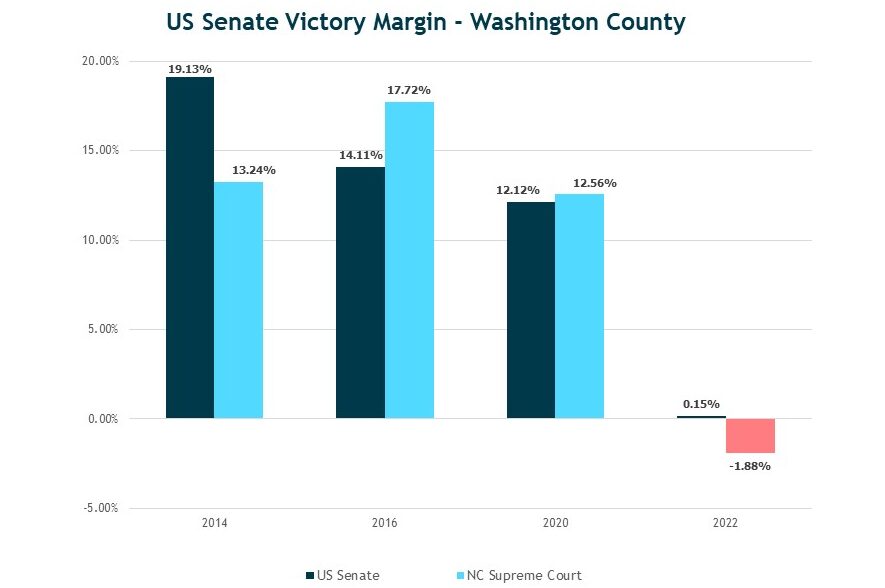
Compared to previous races for NC Supreme Court, Beasley’s Washington county numbers further illustrate the shift.

Wilson County
Wilson County has historically leaned Democrat. However, Republicans have closed the gap in recent years and Ted Budd nearly flipped the county last election. This is another rural battleground that is trending towards the Republican party and will certainly be one to watch in 2024.
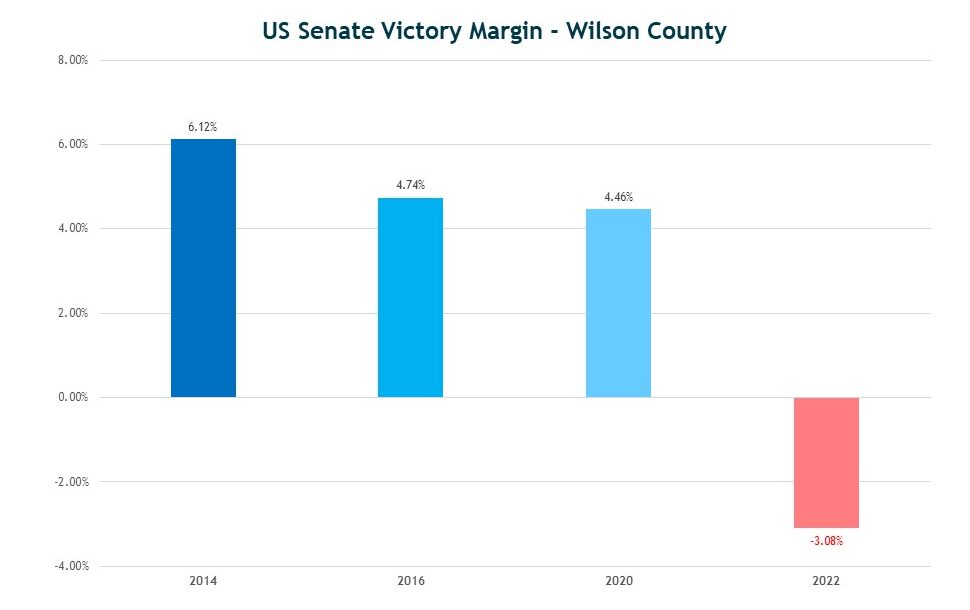

Pitt County
Pitt County isn’t purple only in terms of the ECU Pirates. The blue precincts around East Carolina University combine with the red precincts in the surrounding rural areas to make Pitt County a classic “Purple” county that favors Democrats. Republicans came within 3% of winning Pitt County in the 2022 Senate race, but that looks to be more of an outlier than evidence of a Republican shift. The students, faculty, and alumni of ECU are likely to buoy Democrats in most elections. Still, Republicans are within a shout of victory here, and in a wave election, Pitt County could turn red again as it did in 2010 during the “Tea Party” movement.
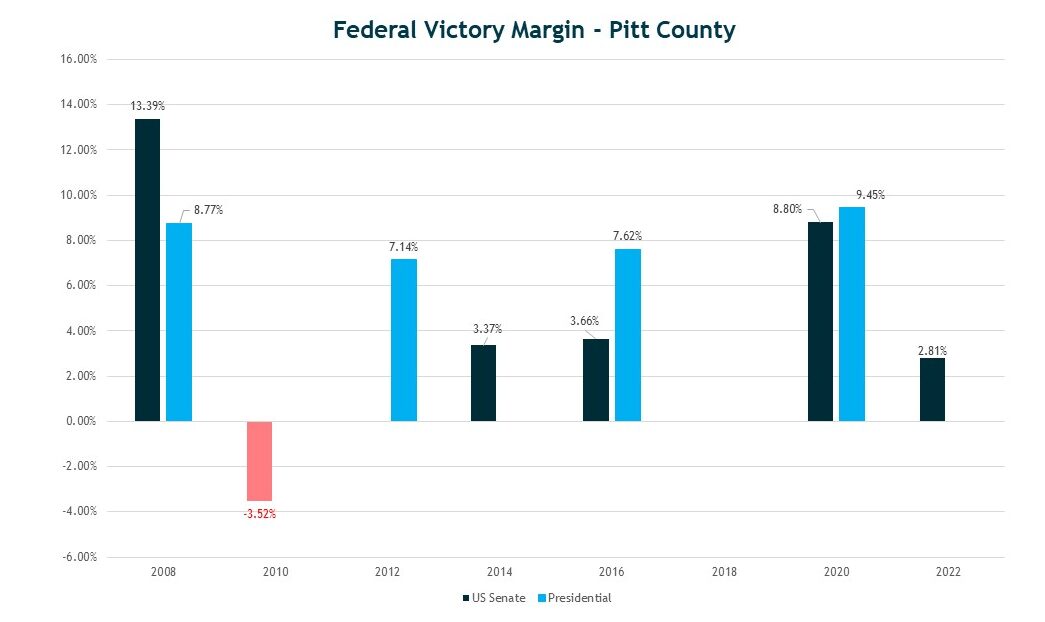
Bottom Line:
Swing voters are becoming fewer and far between in North Carolina, but they aren’t totally extinct. There are still a few corners of the state that flip from election to election and split their ballot between parties depending on the candidates. However, trendlines show that despite North Carolina having close statewide elections, voters are growing more geographically divided. This is true not just at the county level, but down to a precinct level as well. New Hanover is one of the most competitive counties in the state, but it still only had two precincts that were decided by less than 5% during the 2022 US Senate race.

Since 2018, NC Democrats have strengthened their position among suburban voters and padded their margins in population dense cities. Meanwhile, Republicans are gaining steam in rural North Carolina and chipping away at some of the democratic strongholds of yesteryear. These two trends counterbalance each other to keep our state competitive and in the spotlight during major Presidential and mid-term elections.
So, is North Carolina a purple state? In a snapshot, yes. But voting patterns show that even at a precinct level, there’s less and less overlap between Republican and Democratic voters.